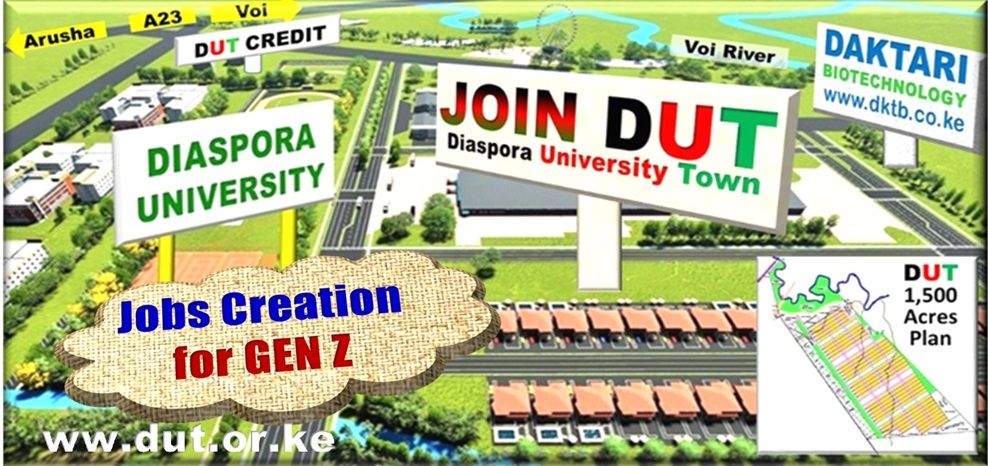The success story of housing in Singapore is incorporated in the Diaspora University Town (DUT) development plan. From 1961 to 1965 the citizens of Singapore built 51,000 housing units as they refused to live in slums. The effort led to thousands of jobs created and the growth of Gross Domestic Product (GDP). From 1960 to 2024, Singapore, which is about the same size as Nairobi, has applied its 173,000 acres of land to create about 4 million jobs as it has developed and sustained a home for 5.5 million population and grown GDP of about $500 billion.
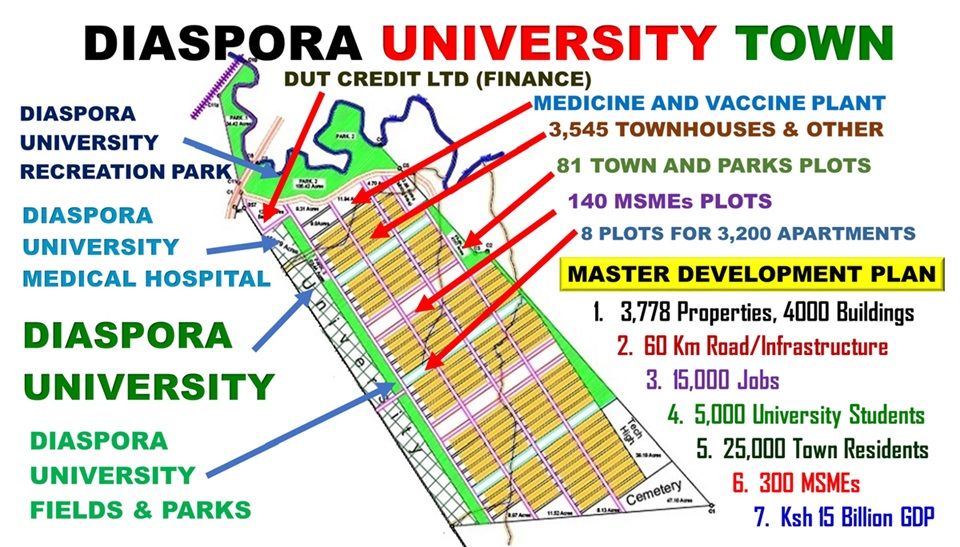
Kenya land is about 145 million acres. Kenya's population is about 52 million in 2024. With more land and more people, Kenyans from 1960 to 2024 have grown their GDP to about $110 billion. The failure to grow Kenya GDP is reflected in not using the systems Singapore and other developed countries used.
Singapore's population from 1901 to 1960 grew from 230,000 to 1.6 million. Over 500,000 were in 1960 living in ramshackle chophouses and squatter settlements. This would today be similar to the slums in Kenya.
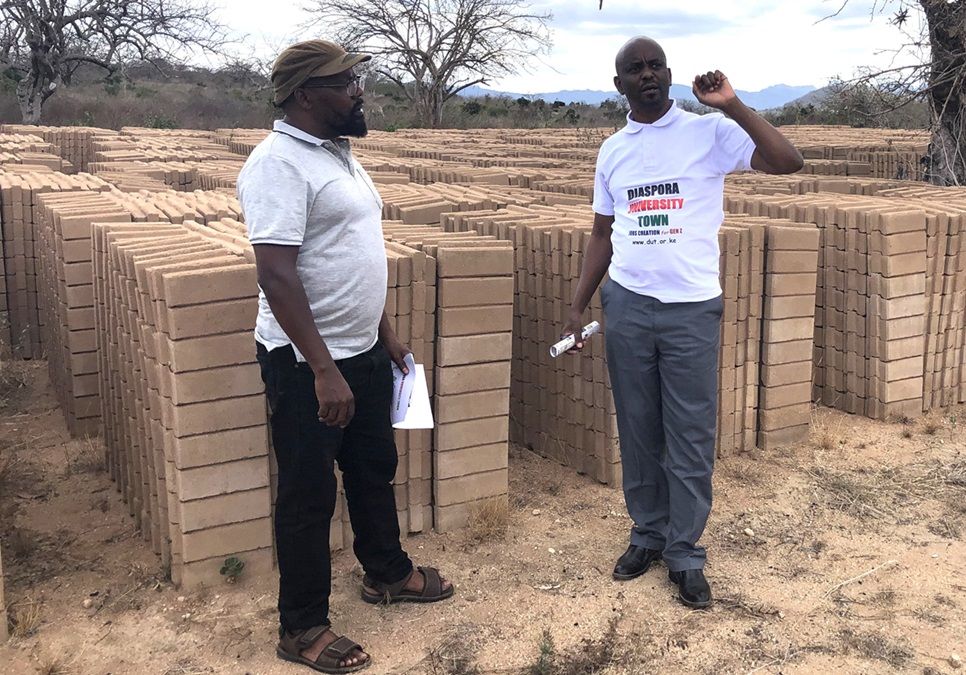
Through development plans that calculated the production cost, consumption cost, material cost and environment sustenance; Singapore would create jobs, build houses, improve the quality of life and ensure the environment is clean.
In about 20 years, by 1980, the people of Singapore had constructed houses to the point that all persons were living in good houses and in a country with a clean and healthy environment.
The Diaspora University Town (DUT) plan is progressing using the same systems that have grown GDP through making three resources productive: land, human and money resources.

The DUT plan is today progressing to make 1,500 acres of land productive through applying the land to build a town that will have 15,000 jobs; 25,000 residents living in 3,500 townhouses and 3,200 apartments; and, Diaspora University with 5,000 students.
The DUT plan is making the human resource of intellectual and physical productivity. In the first 5 years the DUT plan will have over 20,000 Kenyans human resources applied productively. Over 100 million hours will be made productive to produce and sustain the town and business established. A GDP of Ksh 20 billion developed.
The DUT plan is expected to produce money. The plan will produce about Ksh 50 billion new deposits in Kenya banks. The money will come from natural resources and human resources. For money produced to sustain the GDP, the plan will also produce a Ksh 50 billion property and MSMEs loans.
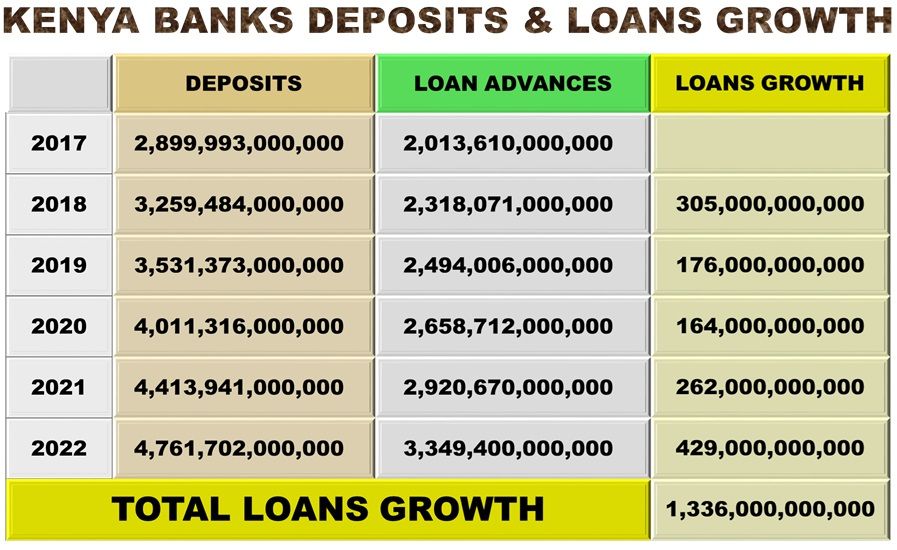
The challenge in Kenya and indeed Africa development has been the failure to establish good development plans that make the human resource productive and grow the banking sector.
United Overseas Bank (UOB) in Singapore that started in 1935 was one of the banks that supported Singapore's growth. Today the total assets of the bank are about $350 billion. This based on an exchange of $1 Singapore dollar to Ksh 100 is about Ksh 35 trillion. The Kenya banks and financial institutions are at about Ksh 10 trillion assets. Once they embrace good plans like DUT the banks will partner to create jobs and grow their assets.
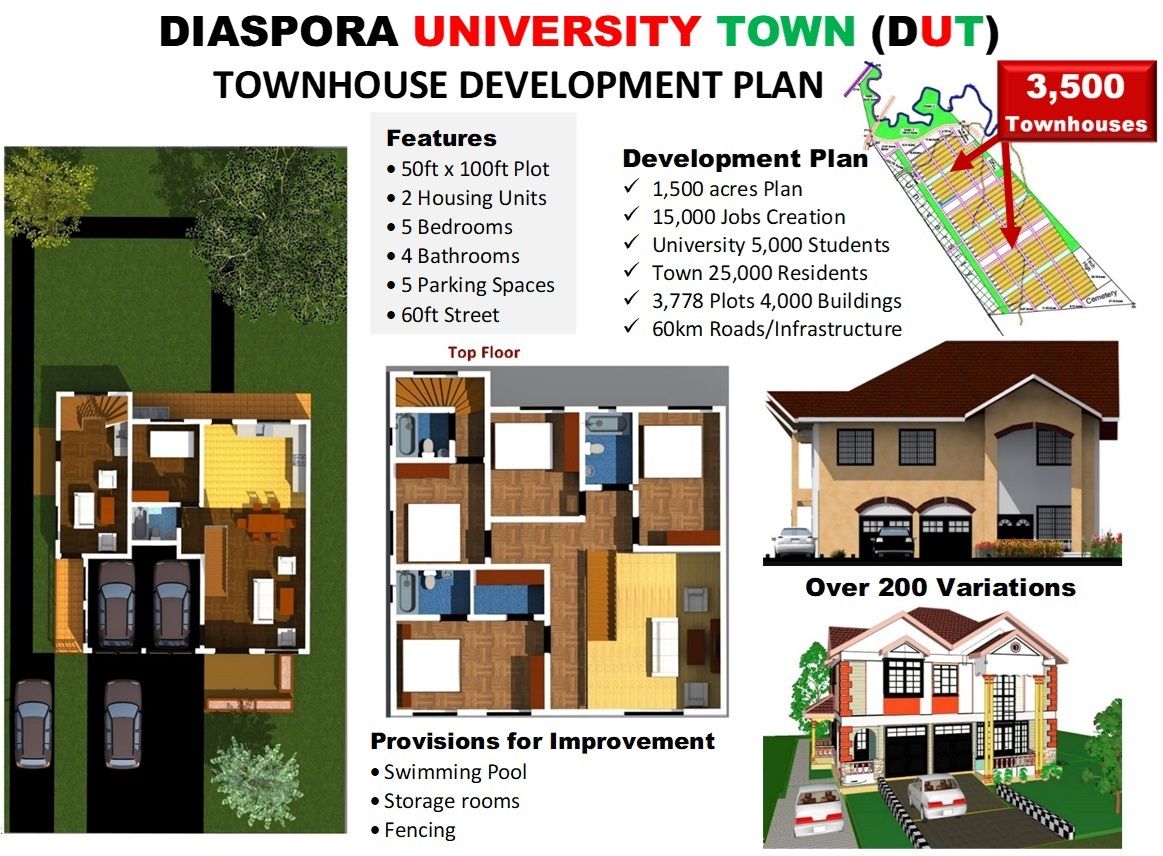
The DUT plan of jobs creation, housing development and GDP growth incorporates what has worked in Singapore and in many towns and cities in the developed world. The plan is for producing jobs, houses and growing GDP to sustain persons working and the environment for themselves and for future generations. The plan is for creating jobs for Gen Z, Generation Alpha and other generations in the future.
Dan Kamau dan@dut.or.ke is the Executive Trustee & Project Director of DUT.
